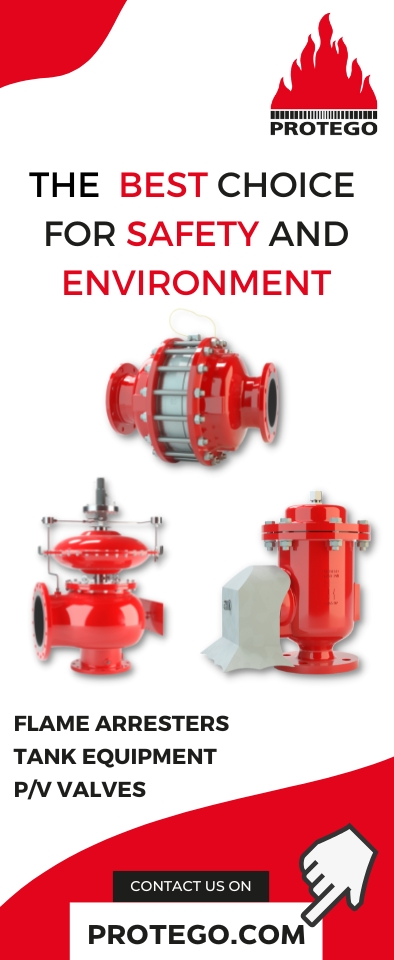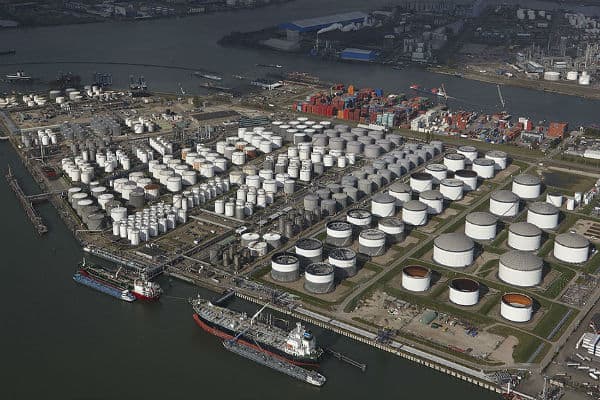In October, Koole Tankstorage Botlek (Koole Terminals’ Rotterdam facility) began a pilot of autonomous drone checks for tank leaks. The facility at the Port of Rotterdam, Netherlands, is an industry-first.
The pilot will last until September 2023 and the drone will work alongside the manual process. This will allow Koole Terminals to test whether everything works properly. For example, operators will monitor how long it takes for automatic reports of leaks to come through. ‘The pilot period helps us discover which camera angle is ideal, and which flight altitude. The drone now flies between 35m and 50m in altitude. That is the safest level for horizontal movement of autonomous drones, because at that height there are no obstacles, nor is there risk of the presence of other air traffic,’ says Marc Hordijk, manager of process excellence and innovation at Koole Terminals.
The autonomous drone is a drone-in-a-box system from Percepto, with its own cylindrical, waterproof housing where the drones charges up and exchanges data. It has an ordinary camera and thermal camera on board.
And the operation of the drone depends on Falcker’s software. This system integrator provides technical support and joins Koole Terminals in constantly refining the drone’s functionality.
The primary purpose of the drone pilot is to understand and recognise leaks of liquid products that Koole terminals store and transships. The software used by the drone will compare images, constantly making the drone smarter thanks to cutting-edge artificial intelligence.
Koole is required to check the entire installation for leaks several times per day. The drone will fly when a ship docks and when a product is being pumped. The information is fully integrated into the terminal’s route control system. Supported by this control system drove flies preset routes and will fly at frequent intervals for standard checks.
Duco Boer, chief digital officer at Falcker says: ‘Recently we managed to lay the foundation for autonomous flying with the Percepto hardware and the necessary changes in legislation. Together with Koole, we want to make this a success by validating and improving spill detection. We are early adopters of a technology that is developing rapidly.
Hordijk adds: ‘We see possibilities in the field for measuring emissions, wall thicknesses and corrosion, for example. But the drone can also play an important role in security and emergency situations.’











